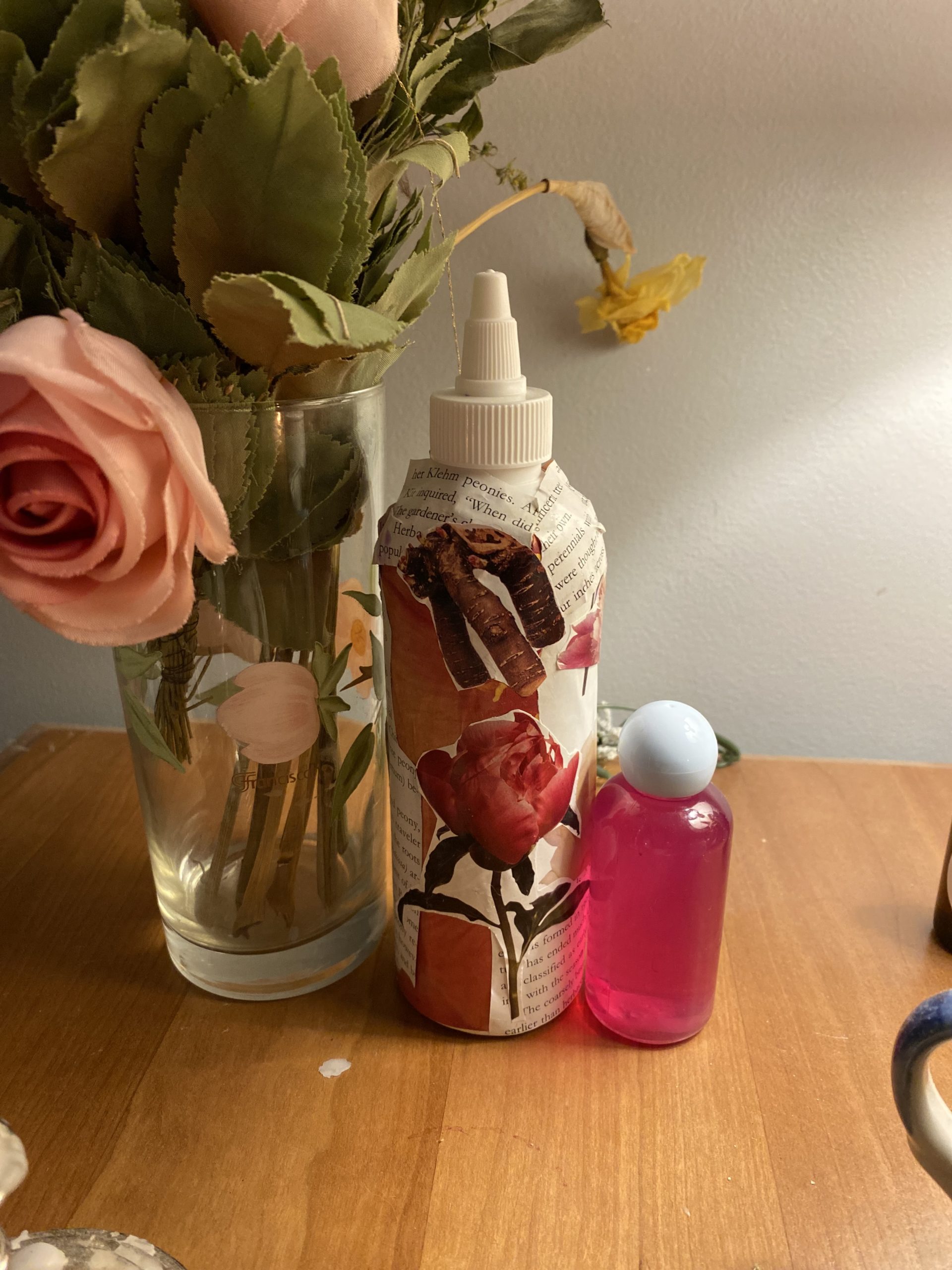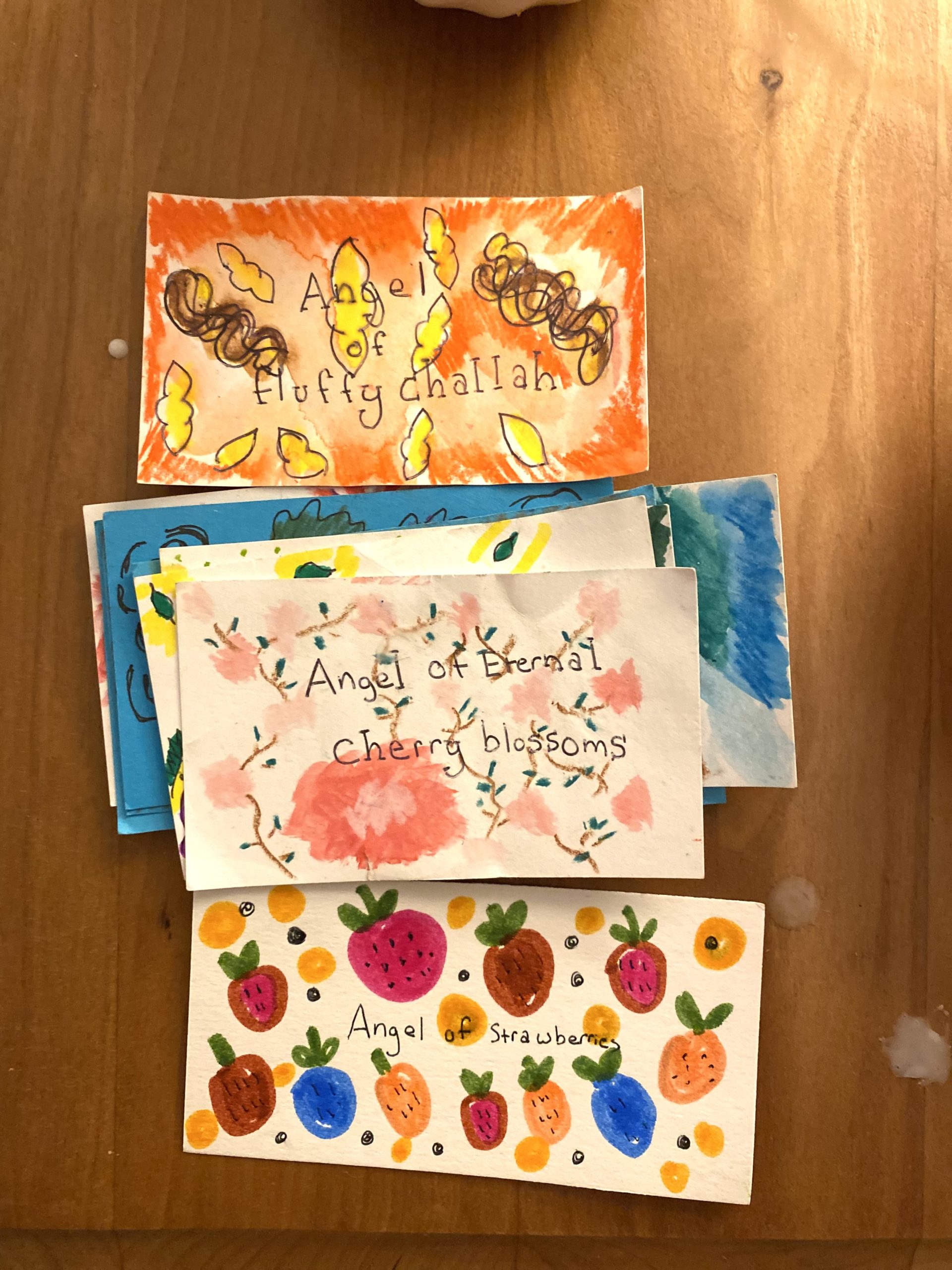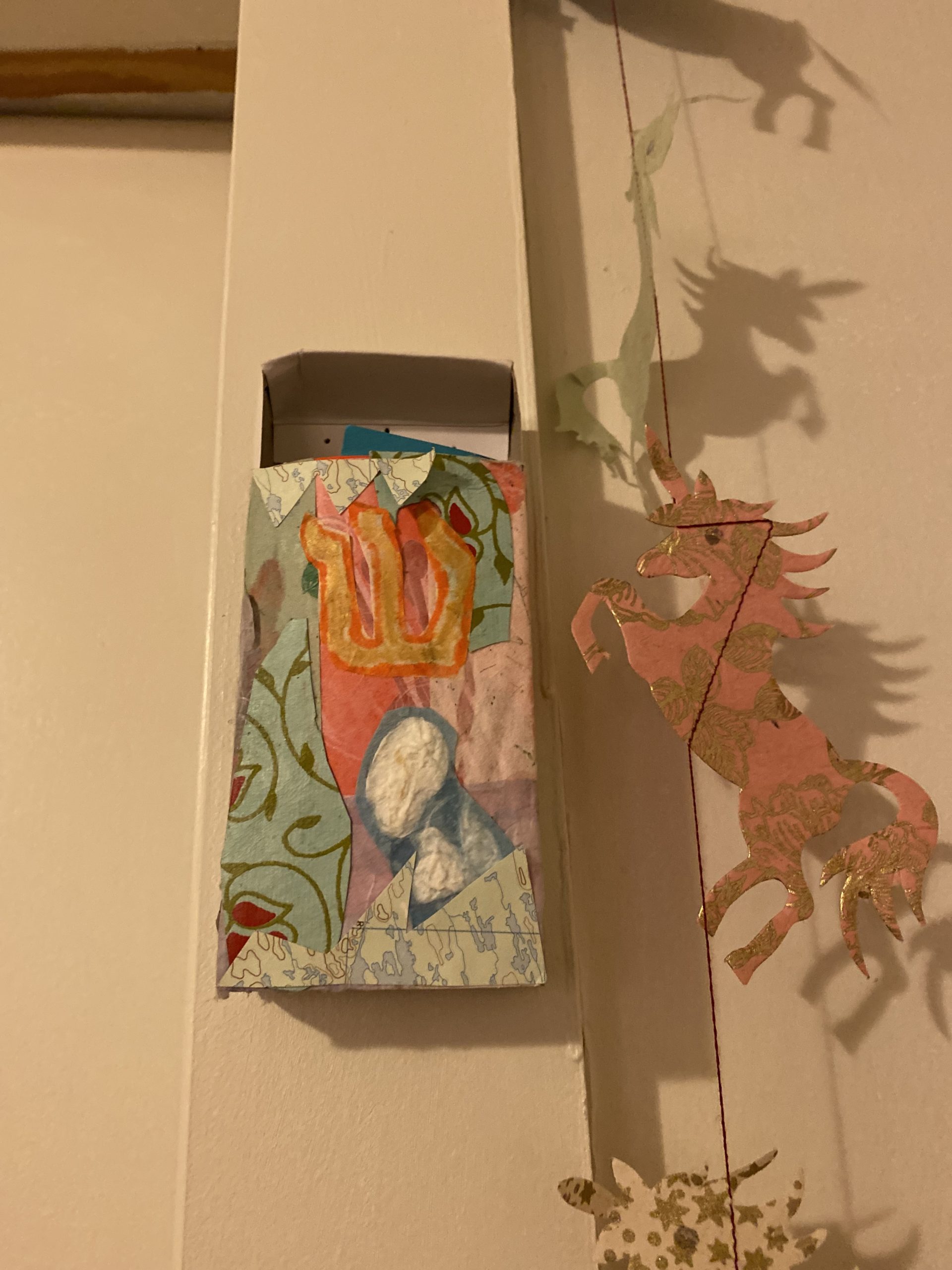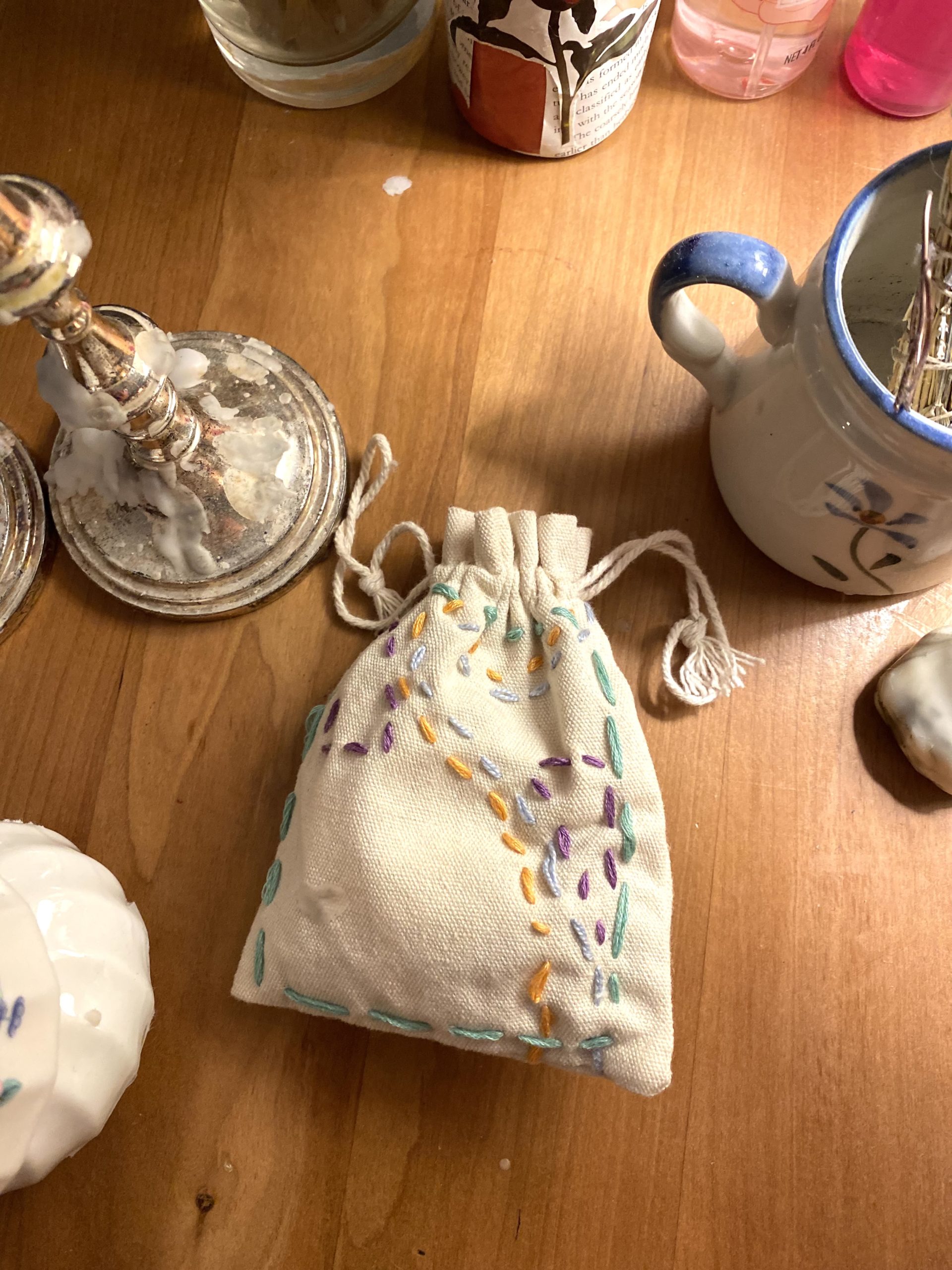There is a rich but contentious history between Judaism and magic. The Zohar, the foundational text of Kabbalah, a Jewish mystical movement, is full of magic and spells. But the text contradicts itself as to who can practice magic and under which circumstances.
This tumultuous relationship to magic is furthered by the Torah. The Torah explicitly bans witchcraft. This ban is gendered, as in both Exodus and the Zohar, women who practice magic are referred to as witches (“mechashefa” in Hebrew). For thousands of years, the history of women and gender non-conforming Jews’ magical practices were not recorded. They were co-opted by men or hidden from public view. For a deeper look into this history, I highly recommend the book “The Hebrew Priestess” by Rabbi Jill Hammer.
But in the past couple of years, I have noticed the emergence of Jews, usually women and gender non-conforming people, who practice magic. Often, they playfully refer to themselves as Jewitches. They situate themselves in a rich history of Jewish magic and plant medicine. They create their own practices and pull from ancient rituals.
The practice of Jewish magic connects us all to ourselves, to our hidden lineage, and to our stolen pasts. It is a way of taking back our prayer. And it’s fun! Through talking to other practitioners of Jewish magic, I have collected four practices — angel cards, flower potions, amulet crafting and mezuzah making — that can be used to infuse your life with a little more Jewish magic.
1. Flower Potions

We are people who celebrate a New Year for the Trees. So, it should come as no surprise that Jews have a history of using plants for healing and magic. With everything in bloom right now, this is a great time to get acquainted with the biodiversity of your home and see what is growing. Where I am, peonies are in bloom, so I am making peony water. While peonies are not necessarily Jewish, I like to align my work to the theme of a Jewish month or a holy day. I create essences and smells with a Jewish intention behind them.
For example, last month was the Jewish month of Sivan. We celebrated Shavuot, which is often associated with the idea of a period of sadness leading to joy, an idea we can all connect to right now. My peony water was labeled “Sivan” and I wrote this blessing to go alongside it: “May we grow in sorrow but bloom in joy.” I plan to use my peony water each Shabbat.
To figure out what I am going to make, I usually keep track of what is in season and use the app PictureThis. For recipes, I follow Alexis Nikole, or google recipes, and then give them a Jewish twist. Rosh Chodesh, the first day of the month in the Hebrew calendar, and the marking of a new moon, is a particularly great day to engage with your own potion making.
2. Angel Cards

A while back, one of the rabbis at my Renewal synagogue shared the practice of angel cards with me. While many of the women in my synagogue seemed to know the practice, I have been able to find little to no recorded information on the practice’s origins in Judaism. I was told that it was created by other women in the Renewal movement in the ’70s, but there is no trace of this beyond the oral transmission of the ritual. In writing it down, I am engaging in my own practice of recording Jewish magic.
The practice itself is simple. Get a stack of index cards, or a cut out paper in rectangles. Write down the angels you want in your life. If angels aren’t your thing, you can think of it as values you want in your life. Then you decorate each card as you choose. The more whimsical and creative, the better! Every Shabbat, I pick a new card for the week. My personal stack includes cards like Angel of Eternal Cherry Blossoms, Angel of Home, Angel of Play and Angel of Fluffy Challah.
3. Build your own mezuzah.

The mezuzah, a small box that is traditionally placed on the right doorpost of Jewish homes, is often thought of as a form of divine protection, and has been defined as “anti-demonic” in mystical literature. It is one of the most widespread forms of Jewish magic in practice today. If you are not concerned with having a kosher mezuzah, you can build your own mezuzah to fill with spells and prayers.
First, pick a box you like. For my own purposes, I like to use large matchboxes, as they can easily slide open and close. Decorate your box as you like; collage is always a great option.
The traditional prayer in a mezuzah is the Shema. If you so choose, write down or print out the Shema in Hebrew for your mezuzah. Each Friday, I write my own prayer to put in my mezuzah. I think about what I need and wish for that week for myself and my home. When my mezuzah becomes too full, I take out the prayers, reread them and begin a new cycle of weekly prayers.
4. Amulets

Jews have worn protective charms and jewelry in the form of amulets for centuries. Amulets come in all different forms, the most well-known being the hamsa. Historically Jews often carried around garlic or small blue beads around as protection. In my own life, I have many amulets, from a small pendant filled with lavender and little prayers, to earrings embroidered with an image of my Shabbat candles, to a mask covered in hamsas.
Bulsika, a Ladino word that means little bag, is a Sephardic amulet. A bulsika holds anything with protective energy or value. This can include cloves, garlic, rosemary, herbs, stones, salt, prayers or beads. I have a friend who keeps matzah crumbs in their bulsika.
You can make your own bulsika using any scrap fabric. First, take something like a mason jar lid or yogurt cup, and then draw a circle on your fabric with it. From there, you cut out your circle and create a small pouch. Or you can use any ready-made cloth bag such as a spice sachet or jewelry bag. To decorate your bulsika, you can embroider it, use fabric paint or markers, or just leave it blank. I like to change the items in mine based on the season and my mood.
All these practices are intuitive. There is no right or wrong way to engage with Jewish magic. Jewish magic is instinctively playful. It is innately joyful. You can use any of these practices to feel grounded and to increase your own sense of safety.
And by engaging in any of these practices, you are claiming power that was taken away from your women and gender non-conforming ancestors, power that was silenced either because of misogyny or antisemitism. And who doesn’t love some powerful magical Jewish arts and crafts?



